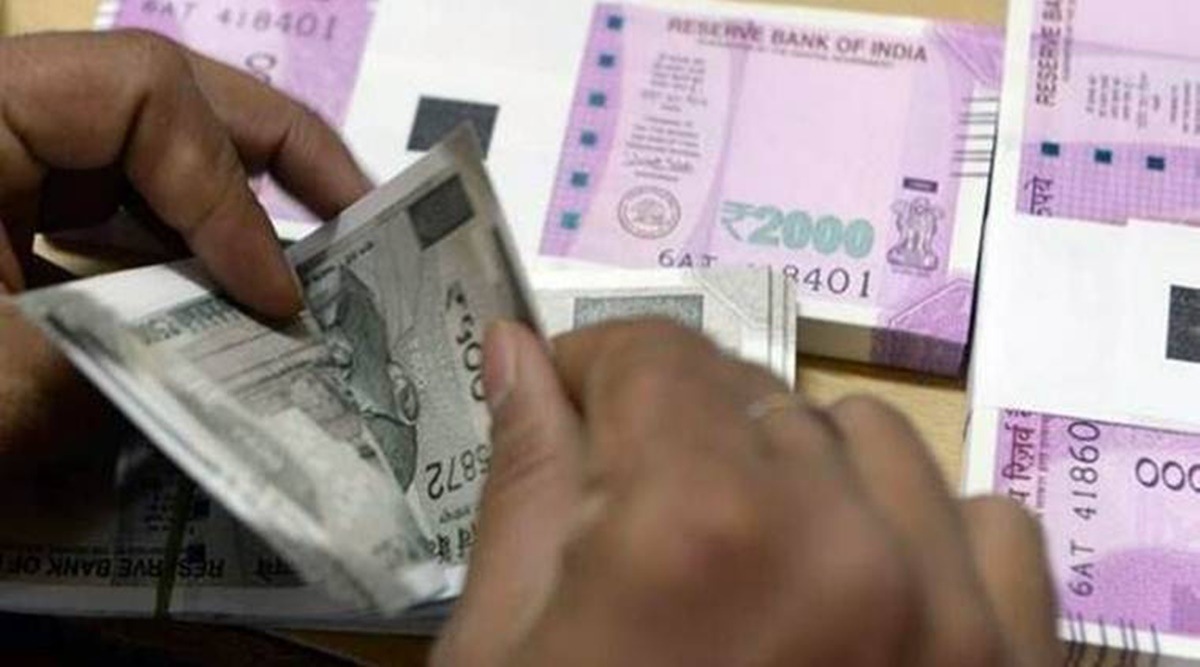 Even as the inflation concerns loom large over the economy, experts feel that the budget has created several tailwainds to push growth in the economy. (File)
Even as the inflation concerns loom large over the economy, experts feel that the budget has created several tailwainds to push growth in the economy. (File) Even as the Economic Survey pegged FY23 real GDP growth at 8-8.5 per cent, Finance Minister Nirmala Sitharaman has projected a nominal GDP growth of 11.1 per cent, implying a real growth rate of around 7 per cent (at RBI’s targeted inflation of 4 per cent).
The Finance Ministry’s growth rate projection is on the lower side as it has taken into consideration the impact of Omicron on the economic activity.
“We had very difficult job of estimating the nominal GDP. The Survey has given the estimate for real GDP at 8-8.5 per cent. The first difficulty we have is that the current year’s GDP which we have taken from the NSO’s first advance estimate which came on January 7, is essentially an estimate which is pre-omicron in its construction…they did not have the omicron trends with them,” said T V Somanathan, Finance Secretary, Ministry of Finance.
There could, however, be downward revision to this projection as the government said that this GDP growth has been projected on the assumption that “the year ahead will not experience pandemic induced disruptions on economic activity and liquidity withdrawal in both domestic and global markets will be orderly,” the budget document said.
The government is optimistic on this growth rate as it feels that there has been a rebound in several high frequency indicators, an uptick in economic activity and will be supported by rapid progress in vaccination coverage.
Estimating the nominal GDP growth of 11.1 per cent, the government said that the key economic activity indicators confirm the strengthened momentum of India’s economic recovery. It however said that “recent surge in Omicron infections and global inflation due to persistent supply bottlenecks continue to pose challenges to the pace of recovery,” said the document.
As for inflation, it has witnessed a rise over the last one year. While, in the period between April – December 2021, the retail inflation rate moderated to 5.2 per cent in 2021-22 (April-December) as against 6.6 per cent in the corresponding period last year, the wholesale price index (WPI) jumped 12.5 per cent in for April-December and stood at 13.6 per cent in December 2021. Earlier, the WPI declined from 4.3 per cent in 2018-19 to 1.3 per cent in 2020-21.
Even as the inflation concerns loom large over the economy, experts feel that the budget has created several tailwainds to push growth in the economy. “By raising capital expenditure spends significantly, especially in the infrastructure segments such as roads, railways, solar modules and affordable housing, it hopes to trigger multiplier effects and crowd in private sector investments in construction, cement, steel and capital goods,” said Gurpreet Chhatwal, MD, Crisil.
As per the first Advance Estimates of annual national income released by the National Statistical Office (NSO), India’s real GDP is estimated to grow by 9.2 per cent in 2021-22, as compared to a contraction of 7.3 per cent in 2020-21. It is further supported by strong rebound seen in several high frequency indicators in Q3: 2021-22 and rapid progress in vaccination coverage.
Even on the demand side, the recovery has been broad-based. According to the government’s assessment, while investment and exports have achieved more than full recovery of corresponding prepandemic 2019-20 levels, private consumption has also improved to recover 97.1 per cent of corresponding pre-pandemic levels and stands fully recovered in H2 of FY 2021-22.
Concurrently, the government expects the private consumption expenditure to grow at 6.9 per cent in 2021-22 as against a contraction of 9.1 per cent in 2020-21 and fixed investment to grow by 15 per cent in 2021-22 as against a contraction of 10.8 per cent in 2020-21.
Also, the government consumption expenditure is estimated to grow by 7.6 per cent in 2021-22 as against 2.9 per cent in 2020- 21. Exports and imports of goods and services are estimated to grow by 16.5 per cent and 29.4 per cent (at constant prices) respectively in 2021-22.
- The Indian Express website has been rated GREEN for its credibility and trustworthiness by Newsguard, a global service that rates news sources for their journalistic standards.

